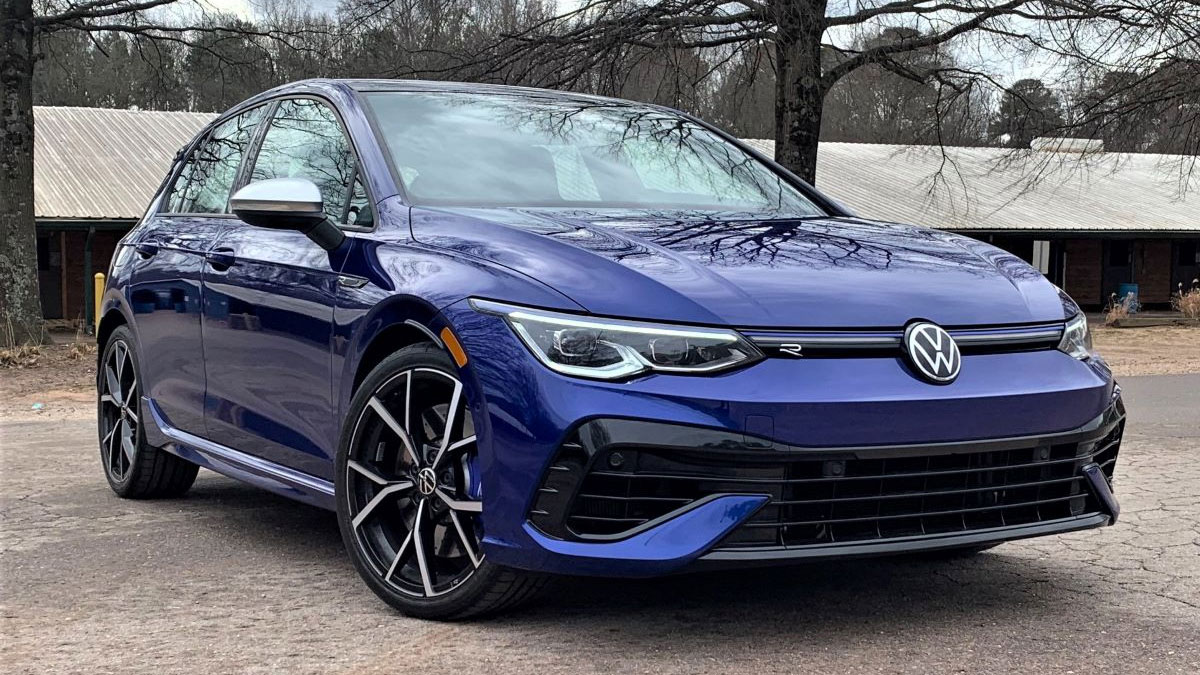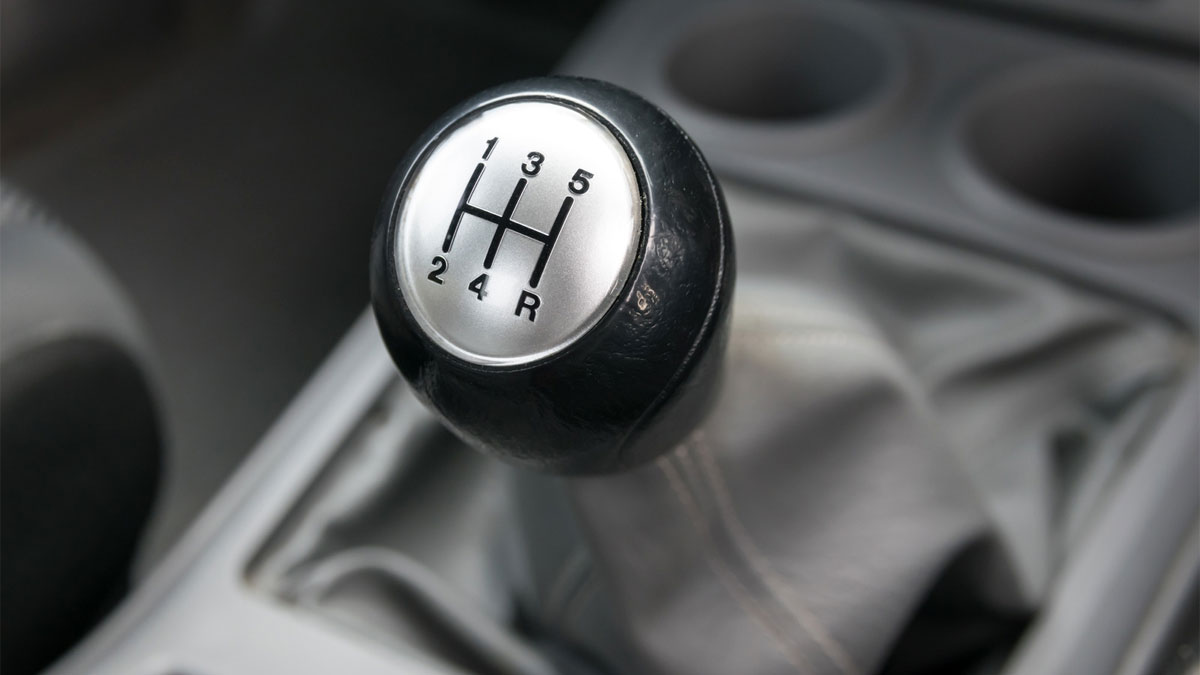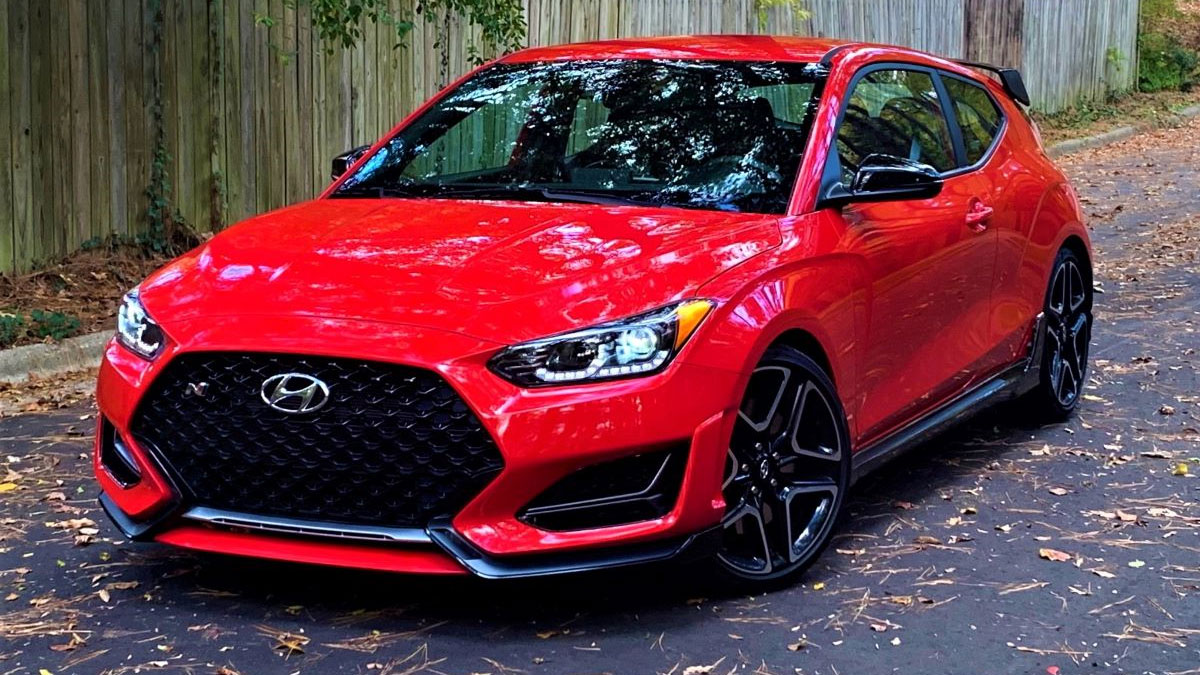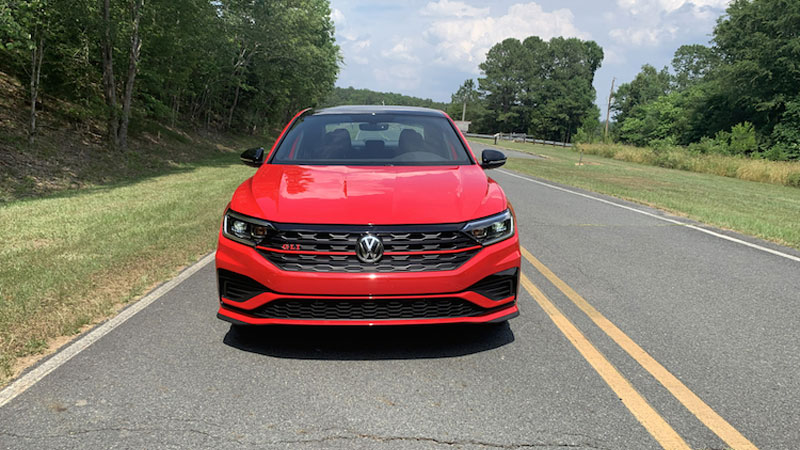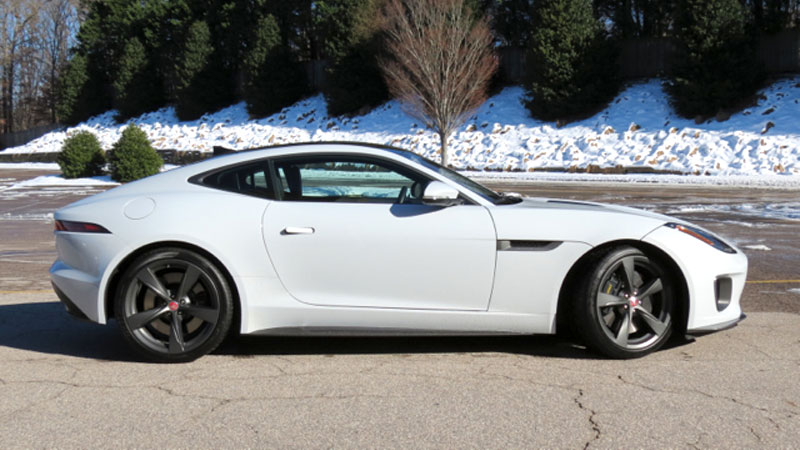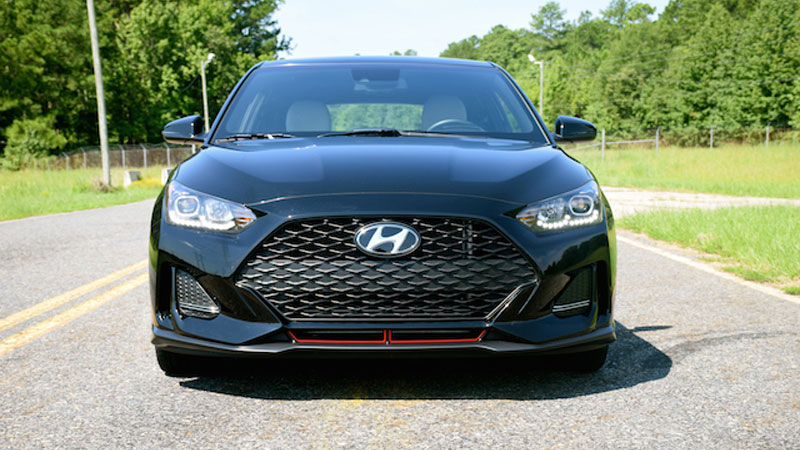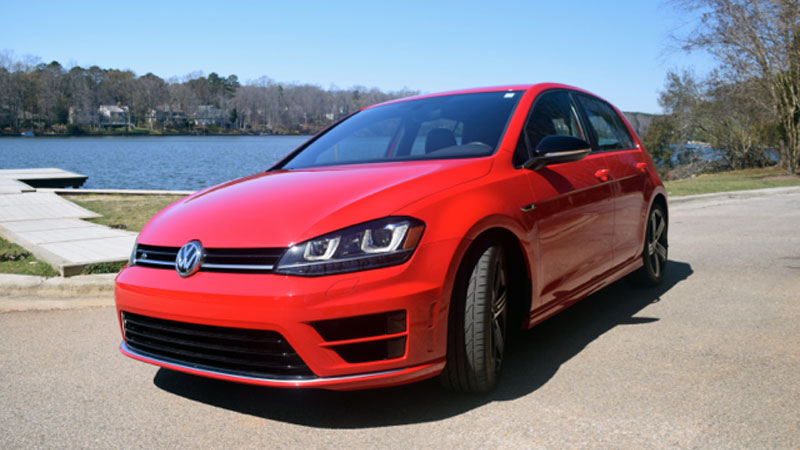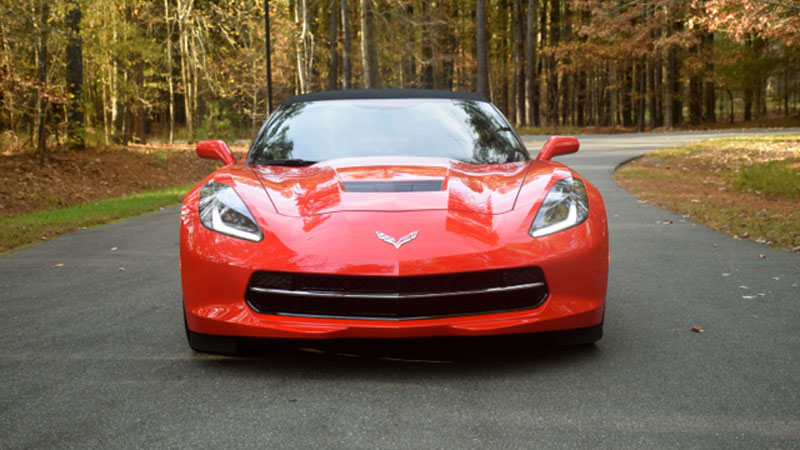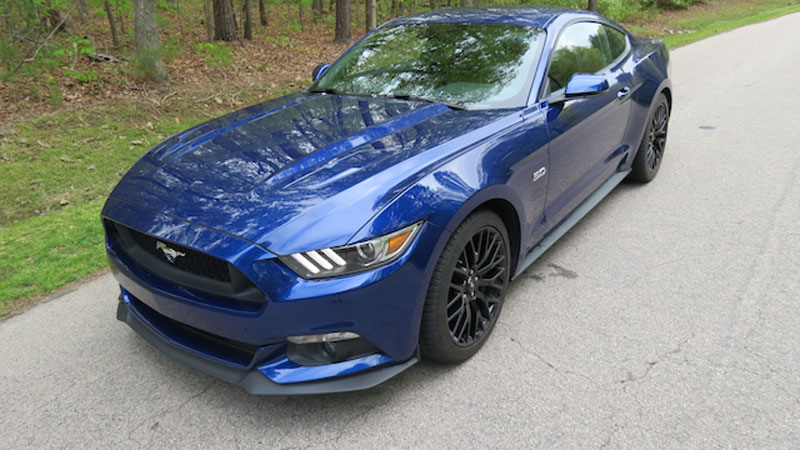2022 Volkswagen Golf R (the Hot Hatch is Back!)
The VW Golf R is back and better than ever. Not since 2019 have we seen a Golf R, the ultimate expression in subcompact hatchback prowess from Volkswagen. This model along with the GTI is all that’s left of the Golf product line for the U.S. market as VW pivots … Read more

